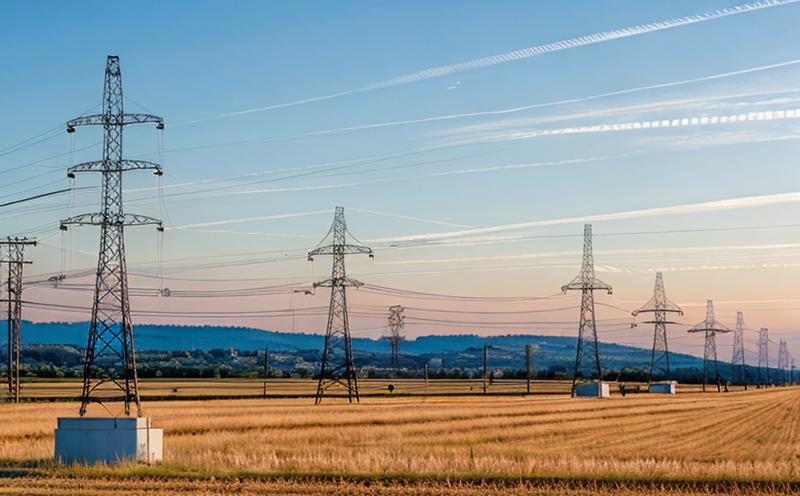IEC 62271-100 High Voltage Circuit Breaker Testing
The IEC 62271-100 standard is a critical document for the power and utilities testing sector, particularly in ensuring the safety and reliability of high voltage circuit breakers (HVCBs) used in transmission and distribution systems. HVCBs are vital components that protect electrical networks by interrupting faults without causing damage to other parts of the system. Compliance with IEC 62271-100 is mandatory for HVCB manufacturers seeking certification, which ensures their products meet international safety standards.
Compliance testing under this standard involves a series of tests designed to evaluate not only the functional performance but also the robustness and durability of HVCBs. The tests are conducted in controlled conditions that simulate real-world operating scenarios. This includes short-circuit current interruption, fault current interruption, and mechanical endurance tests, among others.
One of the most crucial aspects of this testing is the ability to interrupt fault currents without damage or arcing that could lead to further hazards. The HVCB must be capable of safely switching between normal and fault conditions, ensuring minimal downtime for power systems. This capability is tested through a series of short-circuit current tests, which simulate real-world fault scenarios.
Another important aspect is the mechanical endurance test, where the HVCB undergoes repeated on-off cycles to ensure it maintains its integrity over extended periods of use. This testing ensures that HVCBs can operate reliably in harsh environmental conditions and frequent switching environments.
The IEC 62271-100 standard also emphasizes the importance of maintaining accurate records and reporting of all test results. This documentation is critical for both internal quality control and external compliance verification. Compliance with this standard not only ensures safety but also enhances the reputation of HVCB manufacturers by demonstrating a commitment to high-quality products.
The testing process involves meticulous preparation, including calibration of equipment, setup of the HVCB in specific configurations, and ensuring that all environmental factors are controlled. The results of these tests are then analyzed to determine compliance with IEC 62271-100 requirements.
Failure to comply with this standard can lead to significant risks, including potential safety hazards for personnel and equipment. Ensuring compliance through rigorous testing not only mitigates these risks but also contributes to a safer electrical network infrastructure.
Why It Matters
The significance of IEC 62271-100 in the power & utilities sector cannot be overstated. In an industry where reliability and safety are paramount, HVCBs play a critical role in protecting electrical networks from faults that could lead to widespread outages or even catastrophic failures.
Ensures compliance with international safety standards
Reduces the risk of electrical faults leading to equipment damage and downtime
Improves overall system reliability by ensuring HVCBs can safely interrupt fault currents
Enhances public confidence in power utility systems
Maintains regulatory compliance, which is essential for business operations
Safeguards personnel and equipment from potential hazards
The importance of this testing cannot be understated. It ensures that HVCBs are not only functional but also robust and reliable under demanding conditions. This, in turn, contributes to the overall safety and efficiency of power systems.
Applied Standards
IEC 62271-100 is specifically designed for HVCBs used in transmission and distribution systems. The standard covers a wide range of tests that are essential to ensure the safety, reliability, and performance of these critical components.
The standard includes several key test methods:
Short-circuit current interruption testing
Fault current interruption testing
Mechanical endurance tests
Electrical performance tests
Environmental stress tests
These tests are conducted in a controlled environment to simulate real-world conditions. The results of these tests provide critical data that helps manufacturers ensure their products meet the stringent requirements set forth by IEC 62271-100.
Compliance with this standard is not only a requirement for HVCB manufacturers but also essential for ensuring the safety and reliability of electrical networks. The comprehensive nature of these tests ensures that HVCBs can perform reliably under all conditions, thereby enhancing the overall efficiency and safety of power systems.





